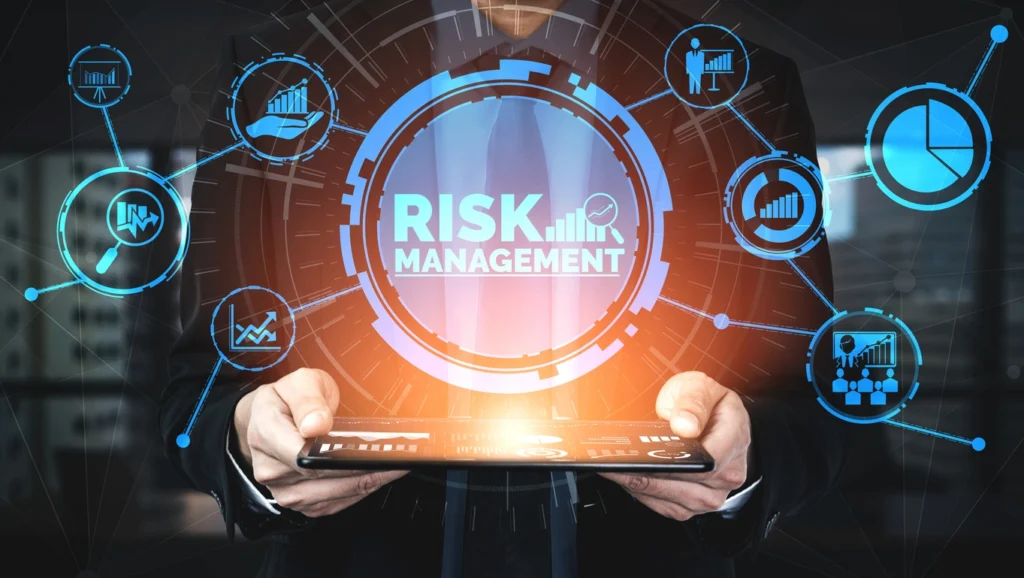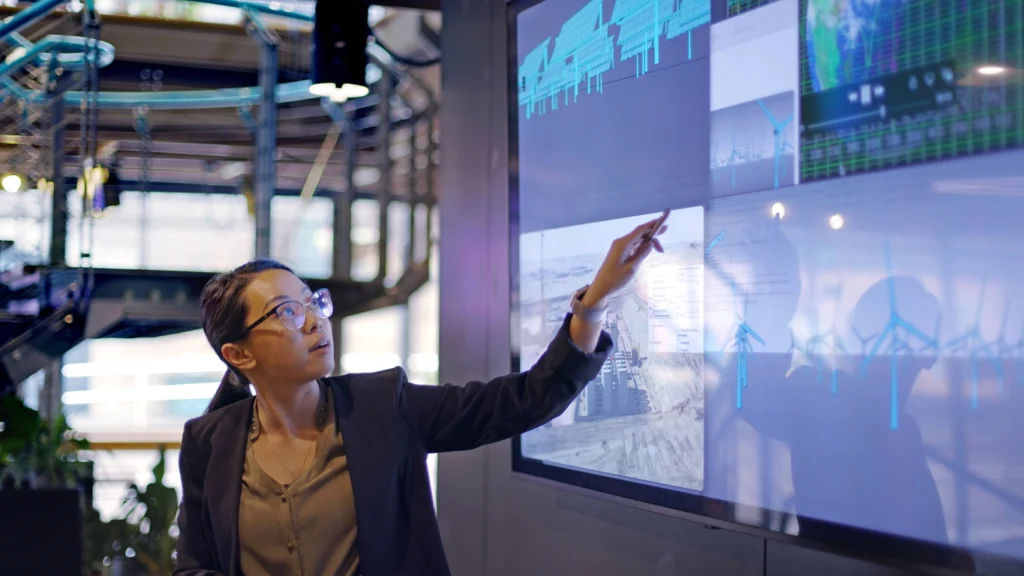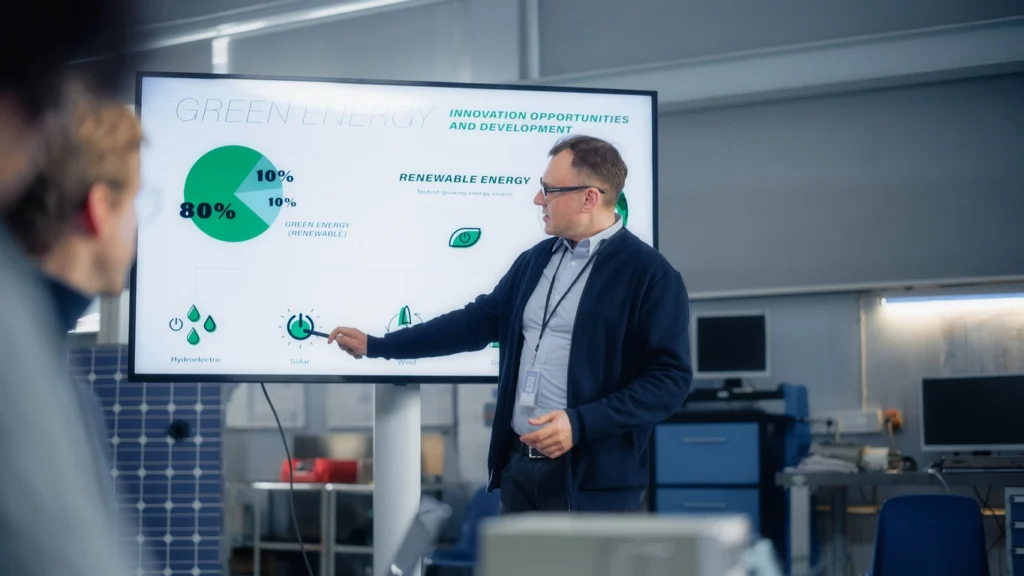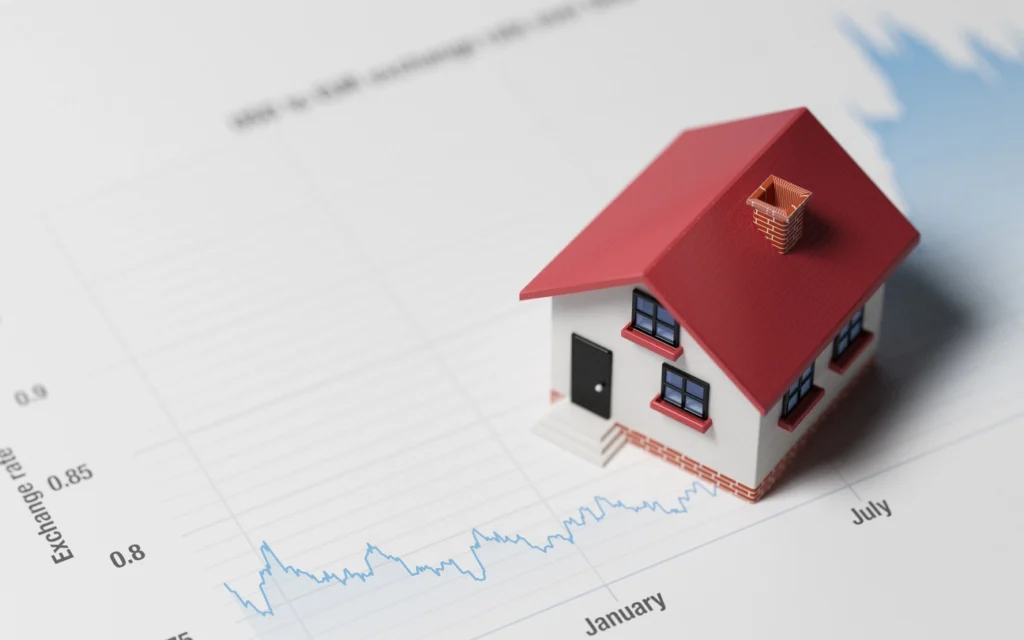
Danville, California – August 19, 2024 – Diablo Green Consulting, Inc., a leading provider of environmental services for commercial and telecommunications projects, today announced a strategic partnership with Tullup, a global talent sourcing agency. This collaboration aims to bolster Diablo Green’s team with highly skilled professionals, further strengthening its ability to deliver exceptional environmental consulting services.
“We’re excited to partner with Tullup,” said Holly, owner of Diablo Green. “Their expertise in sourcing top talent aligns perfectly with our commitment to providing clients with the best possible service. As we continue to expand our project portfolio, having access to a wider pool of skilled professionals through Tullup will be invaluable.”
Tullup, known for its rigorous vetting and placement process, specializes in connecting businesses with exceptional candidates from around the world. This partnership will allow Diablo Green to tap into Tullup’s extensive network to fill a range of roles, including NEPA specialists, biologists, cultural resource managers, and more.
Gary, owner of Tullup, shared their enthusiasm about the partnership: “We’re delighted to be working with Diablo Green, a company dedicated to environmental stewardship and project success. We’re confident that our global talent solutions will help them build an even stronger team, enabling them to continue delivering outstanding results for their clients.”
This partnership underscores Diablo Green’s proactive approach to talent acquisition and its dedication to maintaining a highly qualified team. By leveraging Tullup’s expertise, Diablo Green is poised to navigate the complexities of the environmental consulting landscape with even greater efficiency and effectiveness.
About Diablo Green Consulting, Inc.
Diablo Green Consulting, Inc. is a trusted provider of environmental services, specializing in NEPA compliance, permitting, biological surveys, cultural resource management, and more. With a commitment to regulatory expertise and community-focused solutions, Diablo Green guides commercial and telecommunications projects to success while safeguarding the environment.
About Tullup
Tullup is a global talent sourcing agency dedicated to helping businesses grow by connecting them with top talent from around the world. Tullup’s rigorous vetting process and focus on cultural fit ensure that clients receive candidates who are not only skilled but also aligned with their company’s values and goals.











